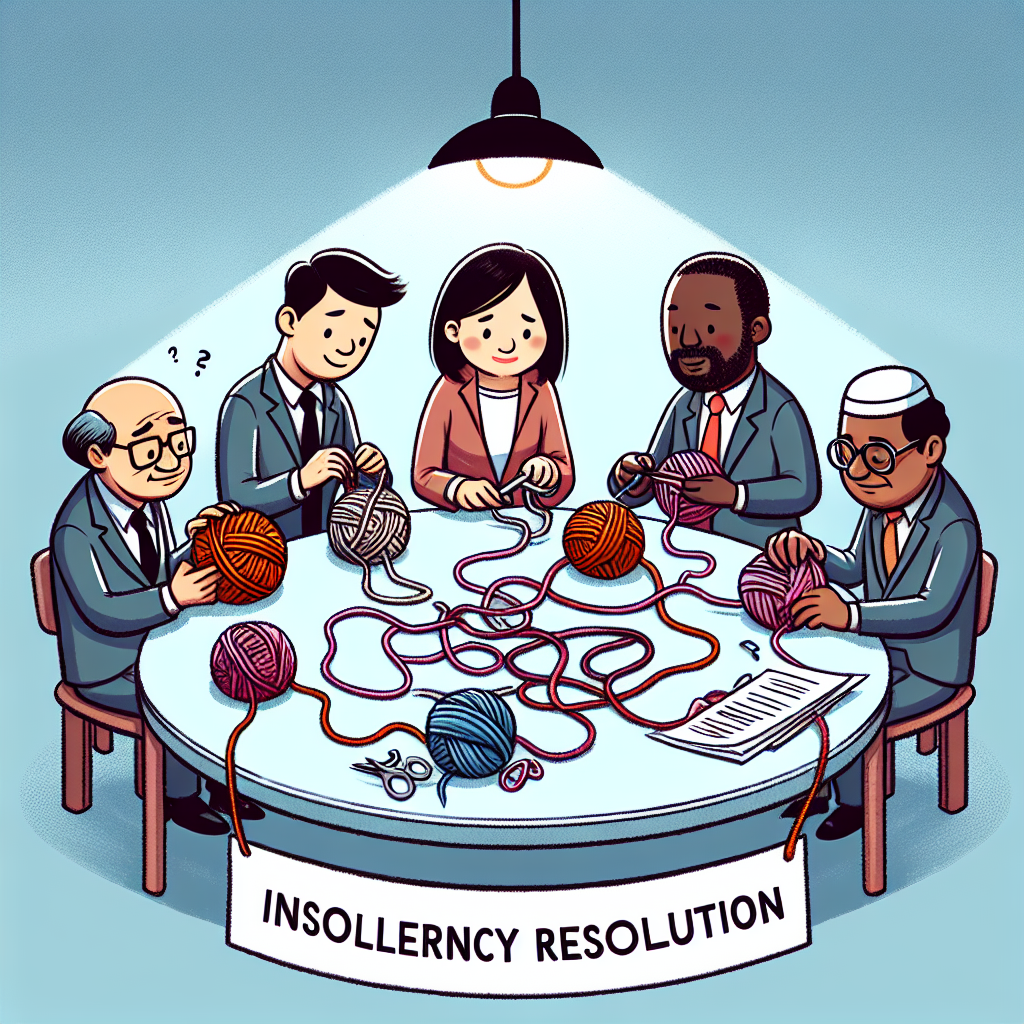Cornerstone of Peace: The U.N. Resolution Fueling Middle East Stability
The United Nations resolution from 2006, key in halting the Lebanon-Israel conflict, is pivotal in current ceasefire talks. It mandated a truce, disarmament, and foreign influence limits. Despite violations, it remains a foundation for peace. The U.S. seeks its better implementation to end new conflicts.

A United Nations resolution, crucial in ending the fierce conflict between Hezbollah and Israel in 2006, is once again at the center of ceasefire negotiations spearheaded by the United States.
Adopted in August 2006, this comprehensive 19-paragraph document successfully concluded a month-long war and aimed for enduring calm along the Lebanon-Israel border. It ordered an immediate halt on hostilities, establishing a critical, albeit occasionally challenged, ceasefire. The resolution's genesis and the occasional violations since its adoption are noteworthy aspects of the ongoing peace narrative.
Central to the resolution are several pivotal provisions: adherence to the Blue Line border, creating an unarmed buffer zone, disarming militias, enforcing a weapons embargo, and ensuring no foreign military presence without Lebanese consent. These actions sought to maintain sovereignty and peace. The expanded UNIFIL mandate and Lebanese army deployment marked strategic efforts for regional stability, with the U.S. emphasizing the resolution's still-critical role for future peace.
(With inputs from agencies.)
ALSO READ
US general monitors first withdrawal of Israeli troops from Lebanon
Dreams Deferred: The Struggle of Migrant Workers in Lebanon
Hady Habib's Historic Tennis Journey: From Lebanon to the Australian Open
IDF Uncovers and Dismantles Hezbollah Tunnel Network in Lebanon
Israeli Civilians Breach Lebanon Border: Tensions Rise with Tent Settlement Attempt










